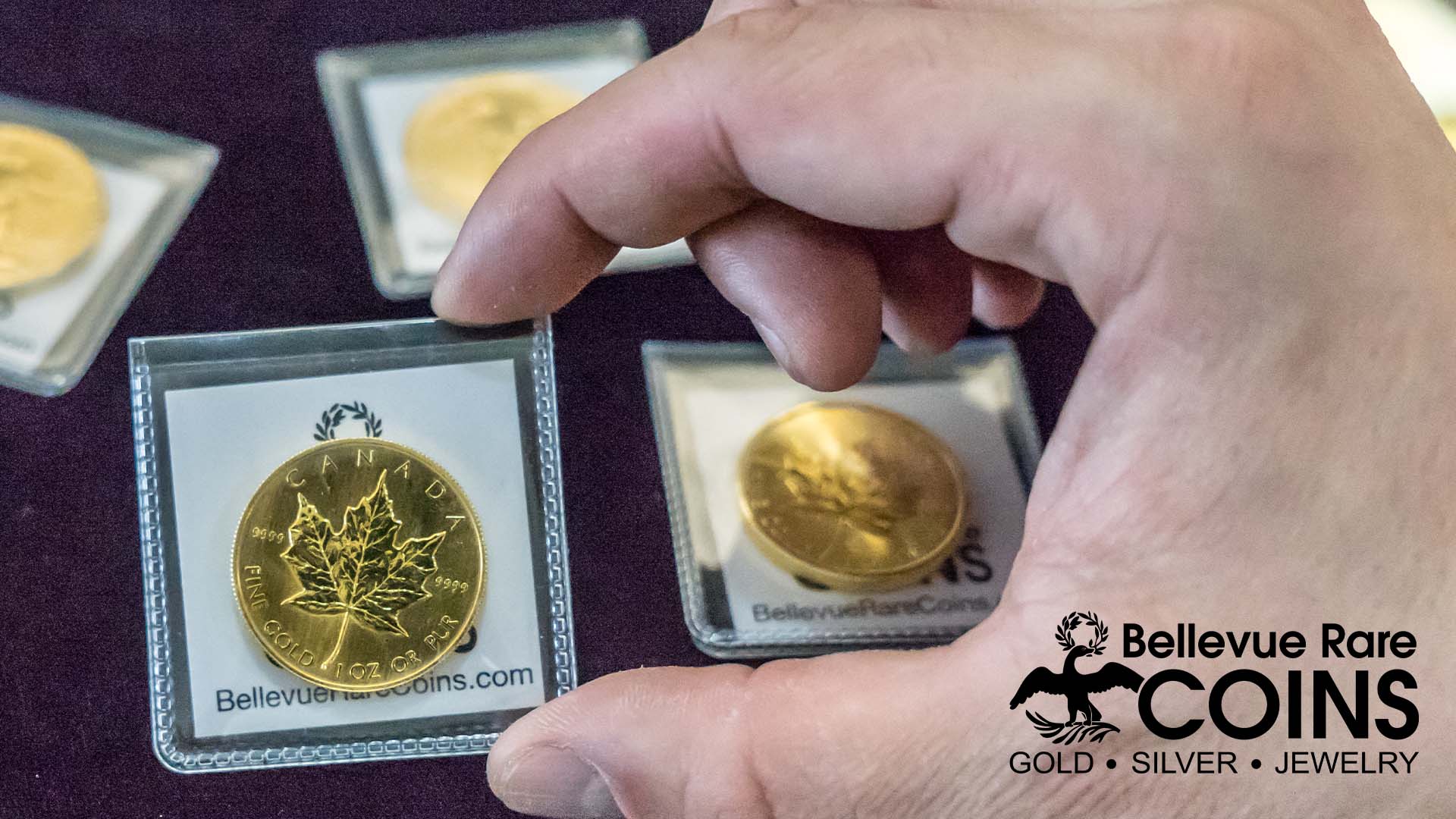Bellevue 425-454-1283 · Lynnwood 425-672-2646 · Issaquah 425-392-0450 · Tacoma 253-328-4014

Gold can make for a fantastic investment, and is commonly used as a way to diversify a broader investment portfolio.
But gold sometimes gets categorized as something that’s old-fashioned or out of style in the investment world. After all, it’s been around for millennia. Isn’t gold mostly bought and held by older investors?
As it turns out, that may not be true at all. Are millennials hoarding gold?
We have some interesting data to dig into that shows that millennials are indeed buying large quantities of gold – and even more than their older peers.
A recent report from State Street, the 4th largest asset manager in the world, found that millennials have the highest average allocation to gold, at 17%, compared to other generations. Baby Boomers and Gen X-er’s had allocations closer to 10%.
This is, frankly, surprising. Gold has often been preferred by older generations – but it seems younger investors are taking a liking to its usefulness as a portfolio diversification tool.
There are a few likely reasons for this shift:
There’s a caveat, though: The report also found that Millennials were more likely to prefer gold ETFs, instead of physical gold bullion.
This suggest that while Millennials are buying more gold on paper, they’re not necessarily buying as much physical gold bullion.
Similarly, the report doesn’t account for the size of each generations’ portfolios. If the millennials surveyed were allocating 17% of their portfolios to gold, but had significantly smaller portfolios in general, that’s still a lower total amount of gold than their older counterparts hold.
Nonetheless, it’s certainly interesting data that may alter some common perceptions about who invests in gold.
Millennials’ preference for physical gold highlights an important distinction: Buying gold ETFs is not the same as buying physical gold.
If you don’t already know, a gold ETF is an exchange traded fund that trades similarly to a stock index fund ETF. You can buy “shares” in an ETF through your brokerage account.
Gold ETFs can work in a few different ways, but many of them purchase gold futures. Futures are contracts that can be redeemed for physical bullion at a later date.
So, a gold ETF manager will collect money from investors, buy gold futures, and then continually buy and sell those futures to maintain the appropriate level of exposure to gold.
The result is an ETF that closely tracks the spot price of gold, without ever really owning physical gold.
It’s a fine solution for some investors, but it’s really not the same as buying and holding your own physical gold bullion.
As explained in our gold investing guide, one of the biggest benefits of buying gold is that it’s a physical asset that operates outside of the financial system. It’s a trusted store of value that will always be valuable because it always has been valuable. You can hold it in your hand, trade it with your neighbors, or pass it down to your children.
Plus, physical gold can sometimes command a higher premium than paper gold. We saw this during 2020 and 2021, when bullion premiums surged due to high demand for physical gold.
Whatever generation you belong to, gold can be a great addition to your investment portfolio. And if you’re like us, you prefer real gold that you can hold in your hand.
If you live in the Seattle area, you’re in luck. Bellevue Rare Coins is the northwest’s premier bullion dealer. We offer the most competitive prices on gold bullion in Washington State, and we stock a huge selection of bullion items including American Gold Eagles, Maple Leaves, gold bars, and much more.
Learn more about investing in gold bullion today.